Leather’s quality varies greatly. Most likely you’ve seen various leather products marks, such as top quality or genuine. Depending on their quality, these are simply different styles of leather.
Depending on their value, they are nothing but different types of leather.
Now, can you get your buck’s best bang? Yeah, it’s true.
It’s just not enough to know where to buy leather, you have to learn to distinguish between different types of leather. You will need to understand why some materials last longer than others and why it costs thousands for a particular leather bag, while others cost a fraction of that price.
What, then, is the best leather? These important factors will decide the best quality leather, especially:
- Animal type and breed
- The physical place and environment of the animal
- The leather hide part has been cut out (see diagram below)
- The surface of the used hide (top grain, whole grain, split)
- Processing and tanning quality and skill

The Best Quality Leather Is Obtained From These Portions Of Hide
First Grade, Best Value: Only 13% Of The Hide – Solid Close Fibred And Water Resisting. Best Wearing. Recommended And Guaranteed.
Second Grade, Good Value: 30% Of The Hide. Gives Honest Service.
Third Grade, Fair Or Doubtful Value: 32% Of The Hide – Loose In Fiber. Sponges And Swells In Water.
Forth Poor Quality: 25% Of The Hide – Only Good For A Part Of The Shoe That Is Not Exposed.
Because of their genetics and environment, different breeds of cows can produce different quality hides. Hot climates tend to contain bugs that bite the animal and leave scars, whereas cold climates do not suffer as much from pests. Due to the weather, certain breeds may have more defensive fur or thicker skins.
Various portions of the hide also yield various leather quality. For example, the lower portion tends to have looser fibers that make up the hide, as shown in the diagram above. When cold, the looser fibers swell and sponge. Like barbed wire fencing, the lower portions of the hide also tend to be marked much easier from insects and scrapes. Also around the legs, neck and head, there are more wrinkles in the hide. Such bruises and wrinkles are permanent and in the manufacturing of leather they are almost impossible to remove.
Different layers often have a significant effect on consistency within the hide. The best is full grain leather and top grain. See our emphasis on the quality vs break further down just a few paragraphs to learn what portion you are buying.
Eventually, knowing exactly how to take a raw hide and process it through tanning and finishing is an ability that is sought after and will have a huge impact on the quality of the final product. It is precisely for this reason that Italian leather is admired–as Italian leather craftsmen are among the most professional in the world.
There are four kinds of leather in general. These include Full Grain Leather, Bonded Leather, Top Grain Leather, Corrected Grain Leather. Look at the image below. See how the fibers travel in various areas of the hide both horizontally and vertically.
Buying leather wears out quickly with more horizontal fibers because they can easily pull apart. However, vertically running fibers are the most strong. The higher the number of vertical fibers, in other words, the better.

Full Grain Leather
A. Full Grain Leather:
Total leather with grain comes from the hide’s top layer. With it, it contains all the grain–hence the full grain leather name. This type of leather retains the inherent toughness and imperfections as there are no alterations or splitting of the surface.
It is the leather of the highest quality and the only leather appropriate for saddleback. So it’s the most expensive, too. It’s difficult to work with this leather stuff. This absorbs body oils and, over time, develops a patina–a characteristic that contributes to its popularity.
Common uses: saddlebacks, leather products that are sought after.

Top Grain Leather
B. Top Grain Leather:
Top grain is the leather’s second-highest grade. Typically, the top layer of skin from blemished hides is cut to obtain top grain leather. To get rid of inherent imperfections, the surface is sanded. Pigmentation or staining gives an appealing appearance to the leather.
This also makes the leather of top-grain finer and more flexible than the whole grain. While this type of leather is strong and durable, it tends to stretch over time on a permanent basis. It is used for suede and nubuck production. Most high-end products are made of top-grain leather, such as handbags and jackets.
Common uses suede and nubuck making, manufacturing high-end products like handbags and jackets.

Corrected Grain (Bottom Cut/Split) Leather
C. Corrected Grain (Bottom Cut/Split) Leather:
Corrected grain or split leather, also known as genuine leather, is developed using the remaining skin layers after splitting the top and mainly from the corium (see diagram above). Due to the fact that it exists under the top layers, split leather appears to be harder in texture and is mostly used in applications that do not need leather to be soft like furniture back and sides. Like the top grain leather, the reduction of natural imperfections is also sanded. The surface is usually painted with spray and embossed with a leather-like design to imitate the appearance of nature. The washing, however, improves the leather’s intrinsic breathability.
Popular uses coats, handbags, messenger bags, luggage, shoes, and furniture.

Top Grain Leather
D. Bonded Leather:
Bonded leather consists of hide leftovers. It involves the shavings and dirt. They are bonded on top of a fiber sheet using polyurethane or latex. Seeing as full or top grain leather is often spray-painted. Unless the manufacturer wants to reveal it, you can’t determine the percentage of natural leather, which is very doubtful. Bonded leather is the leather’s lowest grade (and the cheapest).
Popular uses furniture making, bookbinding, and various accessories for wear.
-
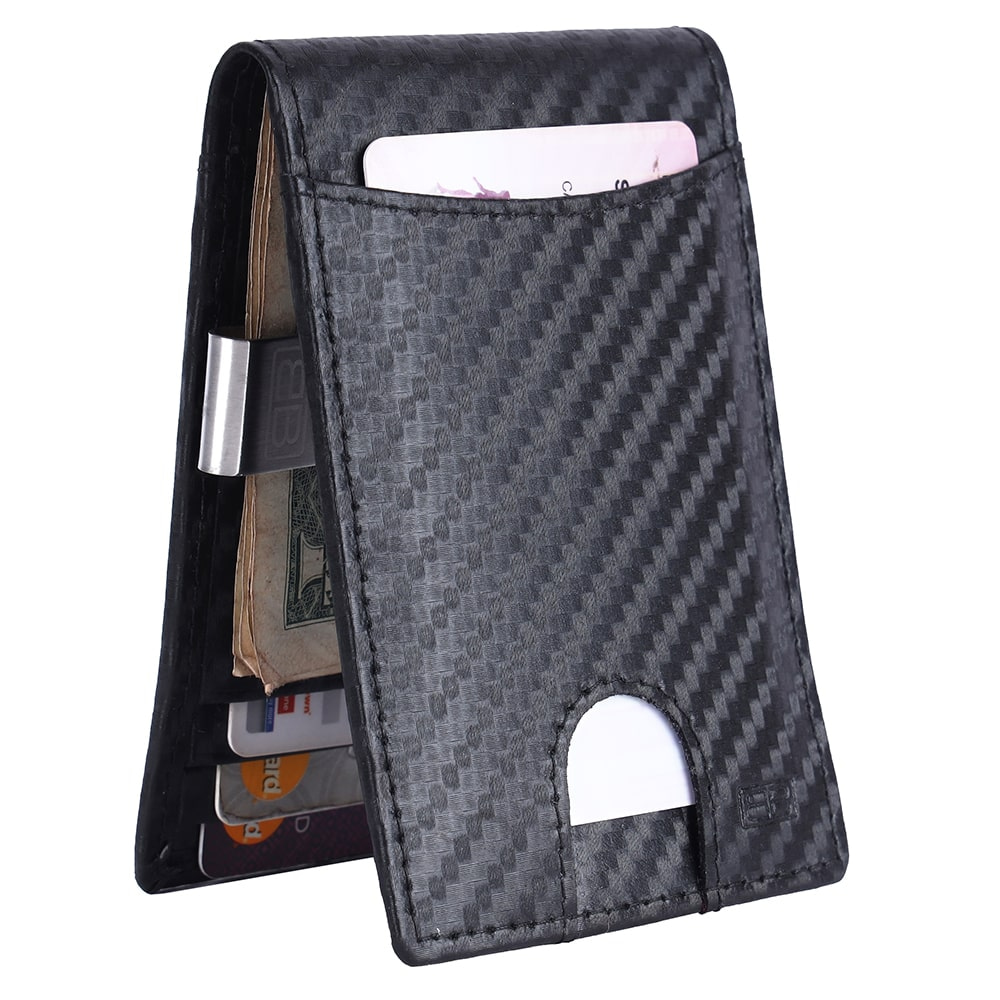
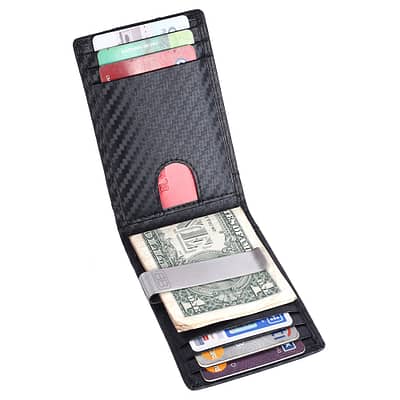
Brooklyn Bridge Real Leather Money Clip Wallet For Men – Slim Front Pocket RFID Blocking Bifold Credit Card Holder for Men with Gift Box
$8.65 -
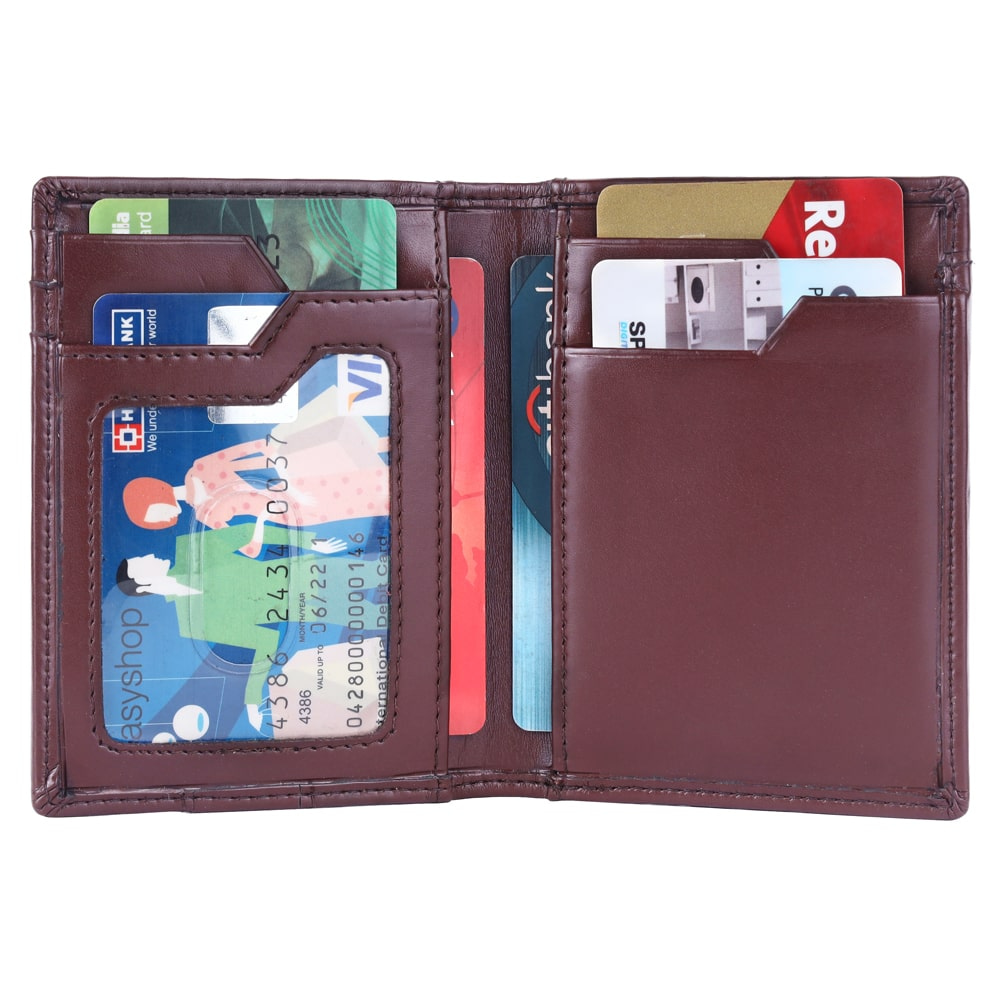
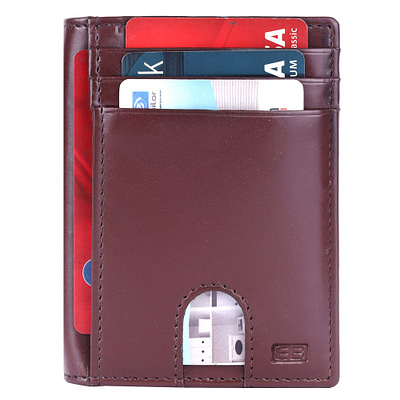
Brooklyn Bridge Vegan Leather Slim Wallets For Men Women – Minimalist Card Holder Bifold Mens Wallet Front Pocket RFID Blocking Thin Travel
$7.89 -
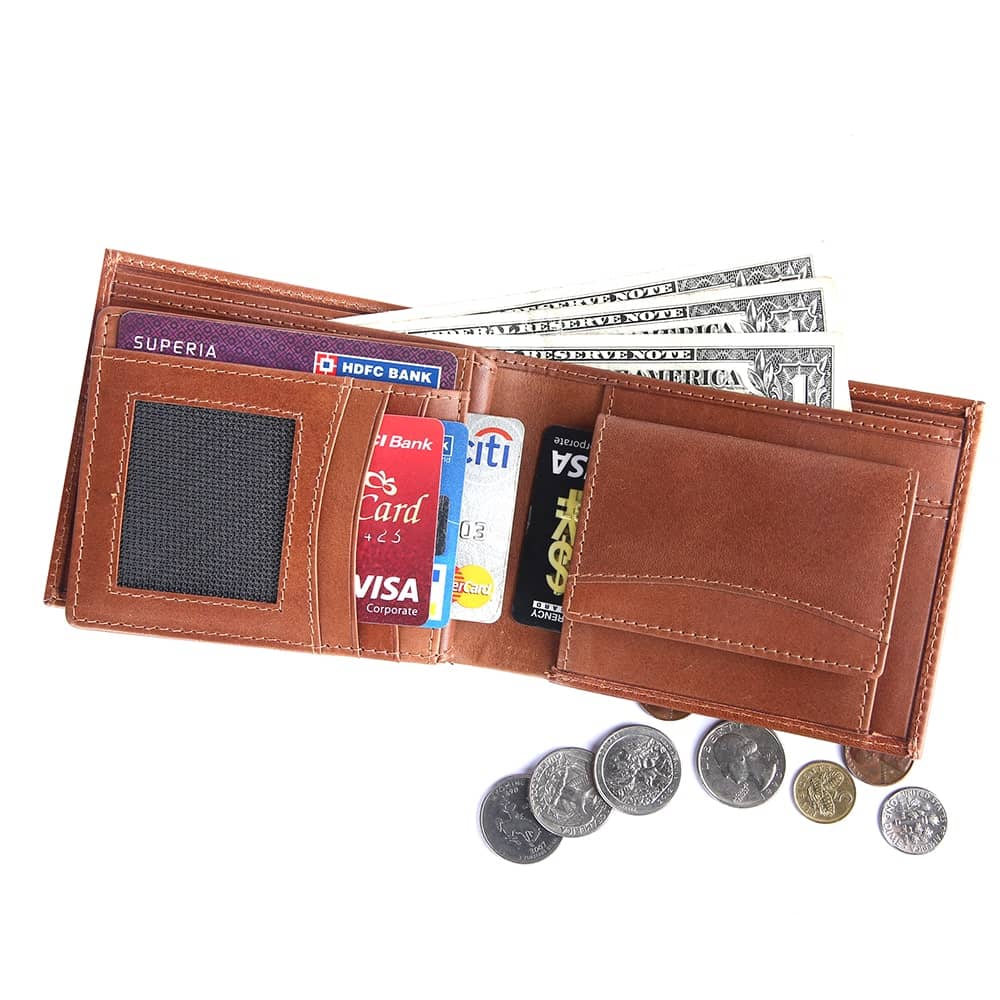
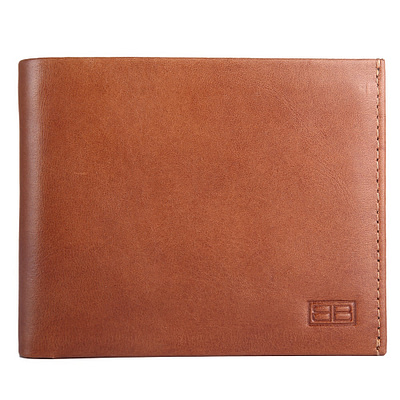
Brooklyn Bridge Genuine Leather Mens Wallet with Coin Pocket – RFID Blocking Slim Bifold Credit Card Wallet
$15.49 -

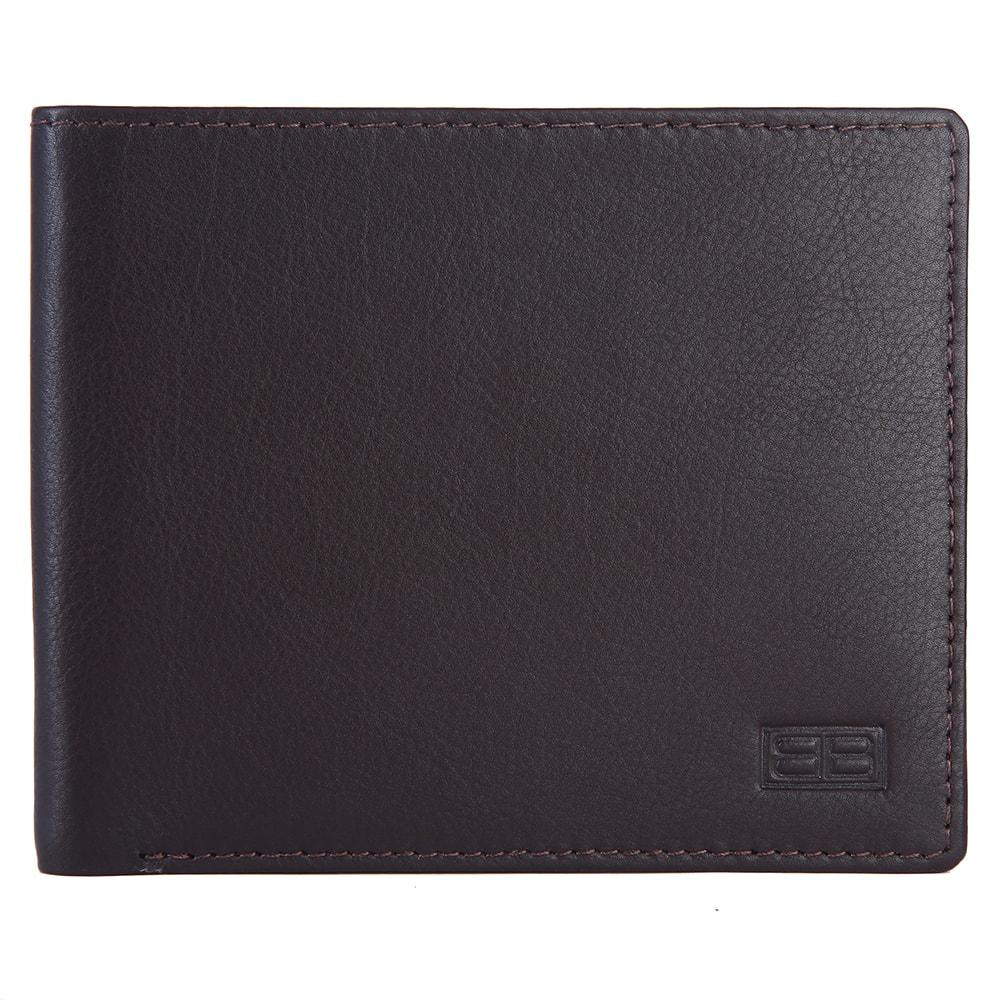
Brooklyn Bridge Genuine Leather Slim Wallets For Men – Minimalist Card Holder Bifold Mens Wallet Front Pocket RFID Blocking Thin Travel
$9.07 -
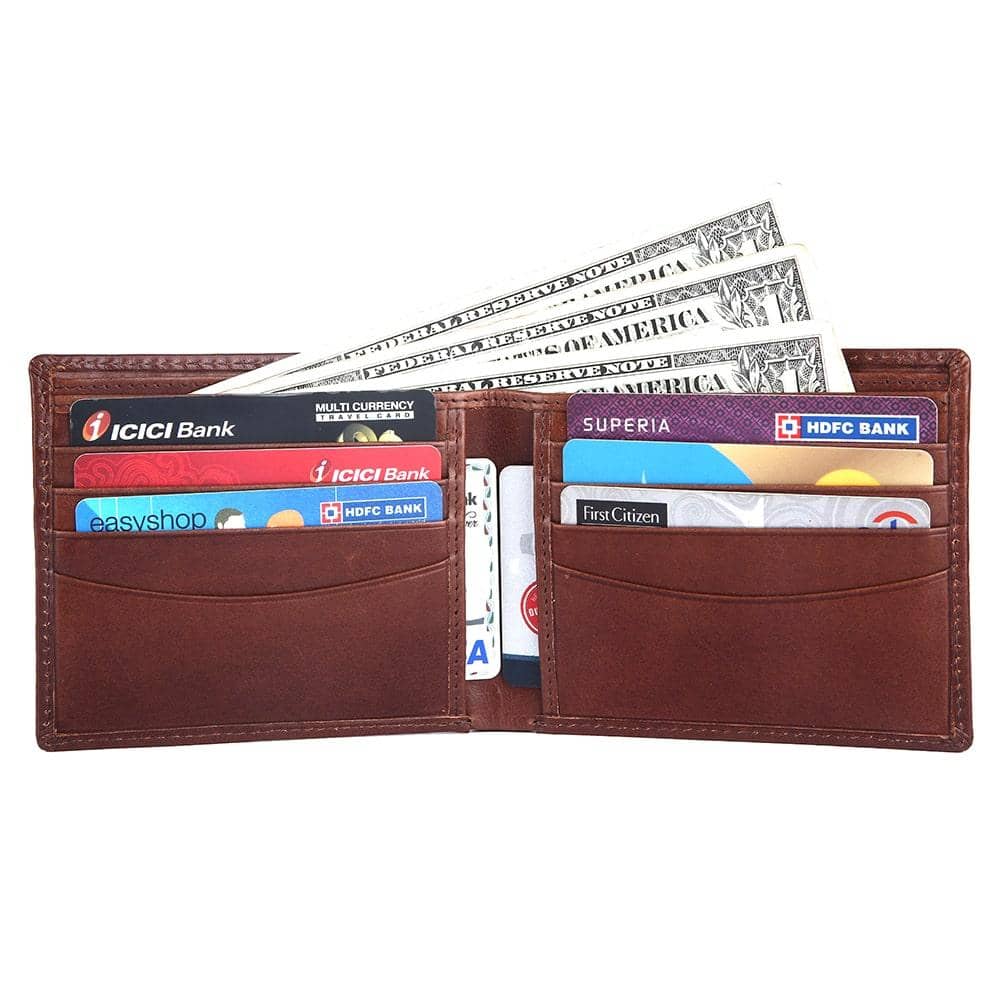
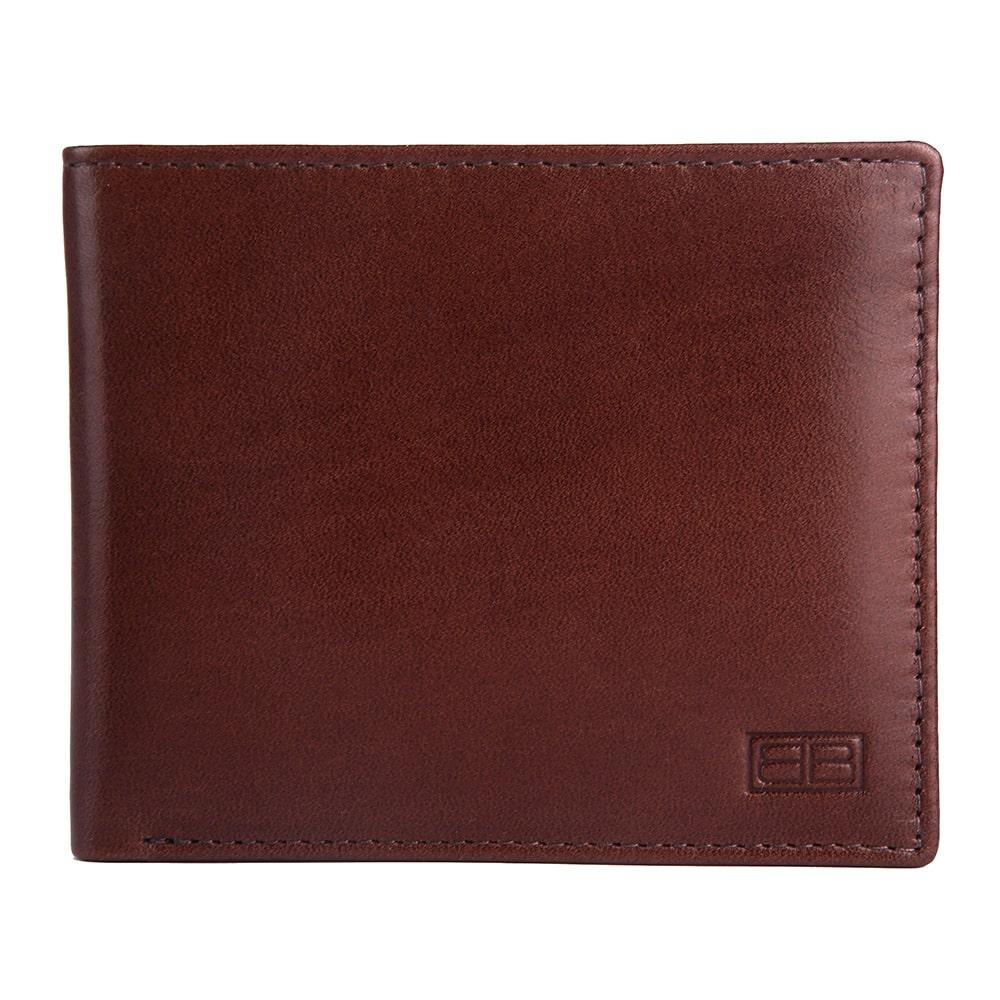
Brooklyn Bridge Real Leather Slim Wallets For Men – Minimalist Card Holder Bifold Mens Wallet Front Pocket RFID Blocking Thin Travel
$8.62 -
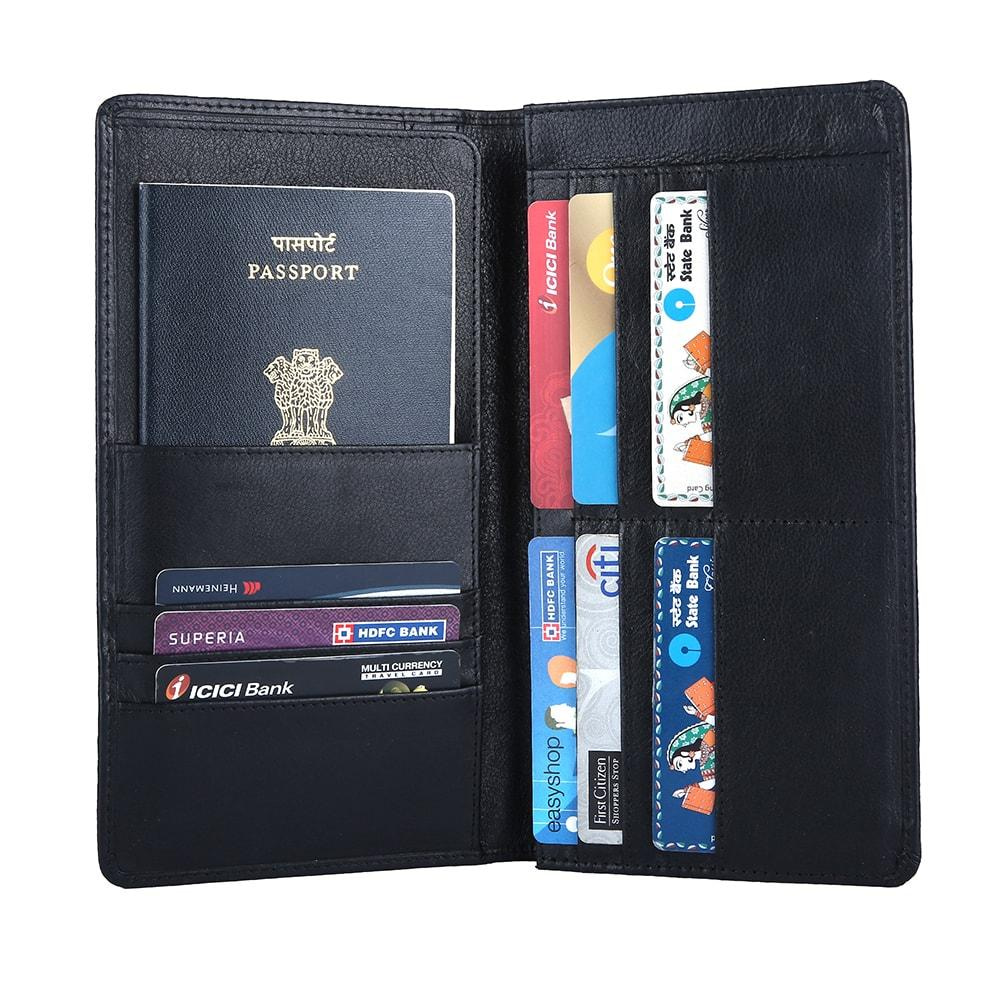
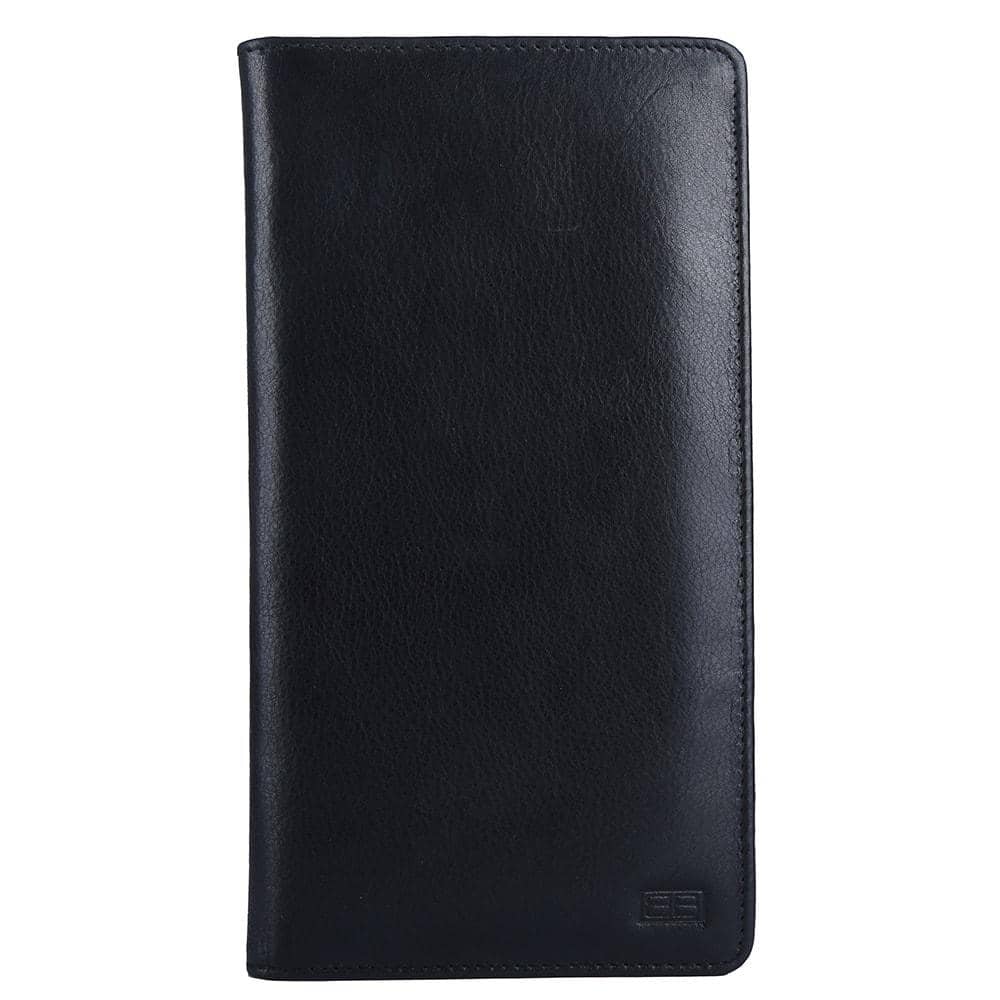
Brooklyn Bridge Genuine Leather Passport Holder Travel Wallet RFID Blocking – Passport Case Travel Document Organizer For Men Women
$17.98
-


Brooklyn Bridge Real Leather Money Clip Wallet For Men – Slim Front Pocket RFID Blocking Bifold Credit Card Holder for Men with Gift Box
$8.65 -


Brooklyn Bridge Vegan Leather Slim Wallets For Men Women – Minimalist Card Holder Bifold Mens Wallet Front Pocket RFID Blocking Thin Travel
$7.89 -


Brooklyn Bridge Genuine Leather Mens Wallet with Coin Pocket – RFID Blocking Slim Bifold Credit Card Wallet
$15.49 -


Brooklyn Bridge Genuine Leather Slim Wallets For Men – Minimalist Card Holder Bifold Mens Wallet Front Pocket RFID Blocking Thin Travel
$9.07
-


Brooklyn Bridge Real Leather Money Clip Wallet For Men – Slim Front Pocket RFID Blocking Bifold Credit Card Holder for Men with Gift Box
$8.65 -


Brooklyn Bridge Vegan Leather Slim Wallets For Men Women – Minimalist Card Holder Bifold Mens Wallet Front Pocket RFID Blocking Thin Travel
$7.89 -


Brooklyn Bridge Genuine Leather Mens Wallet with Coin Pocket – RFID Blocking Slim Bifold Credit Card Wallet
$15.49 -


Brooklyn Bridge Genuine Leather Slim Wallets For Men – Minimalist Card Holder Bifold Mens Wallet Front Pocket RFID Blocking Thin Travel
$9.07 -


Brooklyn Bridge Real Leather Slim Wallets For Men – Minimalist Card Holder Bifold Mens Wallet Front Pocket RFID Blocking Thin Travel
$8.62 -


Brooklyn Bridge Genuine Leather Passport Holder Travel Wallet RFID Blocking – Passport Case Travel Document Organizer For Men Women
$17.98 -
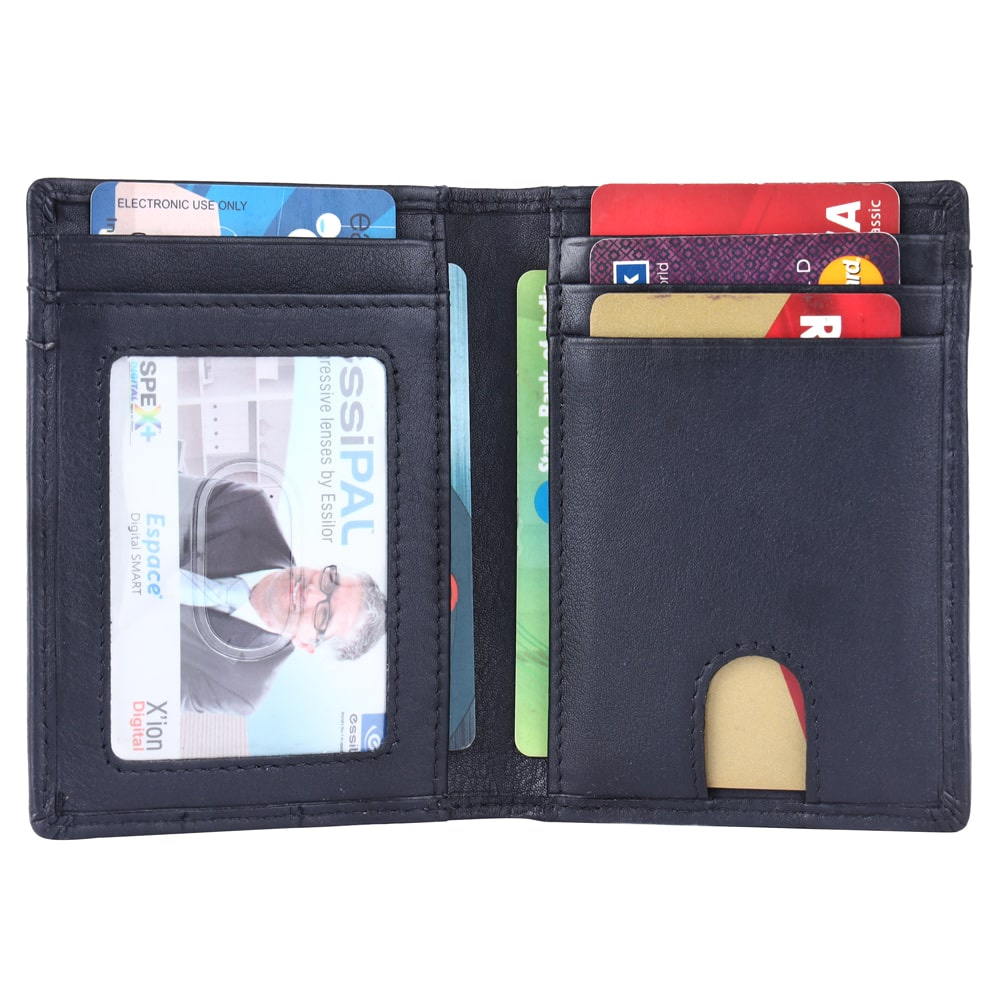
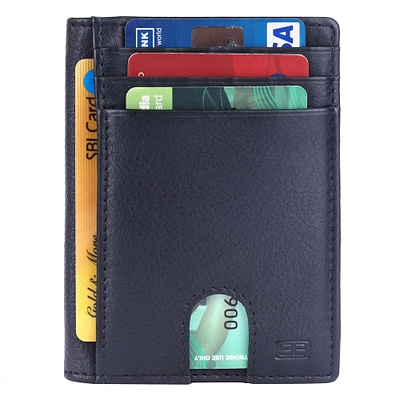
Brooklyn Bridge Real Leather Slim Wallets For Men Women – Minimalist Card Holder Bifold Mens Wallet Front Pocket RFID Blocking Thin Travel
$9.84 -
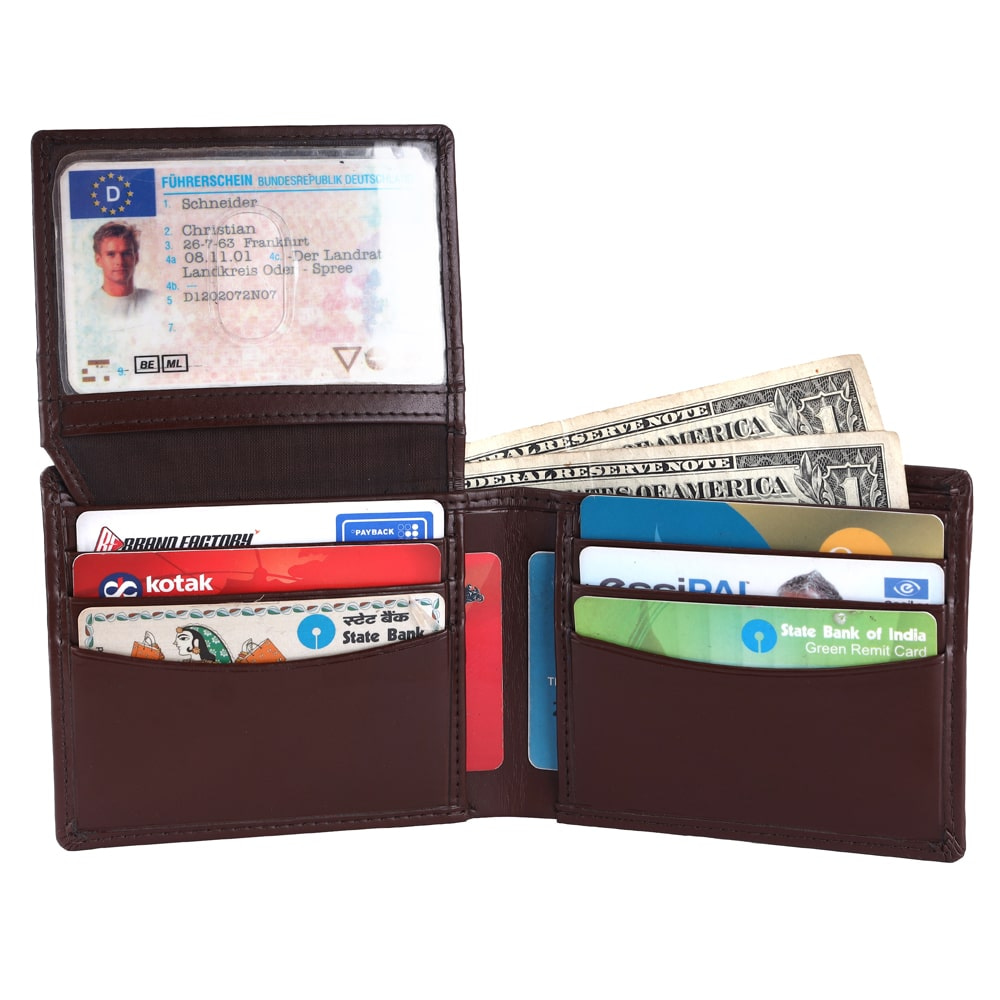
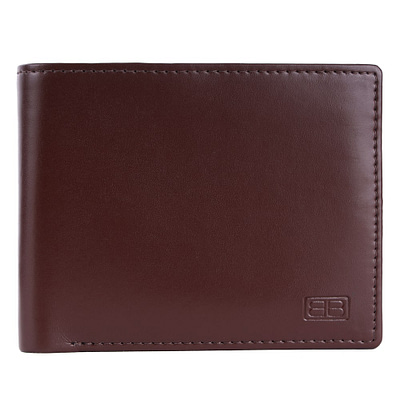
Brooklyn Bridge Vegan Leather Bifold Wallets For Men – Cruelty Free Non Leather Mens Wallet With ID Window RFID Gifts For Him
$6.84
Although there are four common leather styles, a wide range of options can be found based on the percentage of organic material, quality, and finishing process.
Aniline Leather:
It is the most organic, soil-resistant leather. Weak and tanned animal skins, like Napa, are typically exclusively subject to dying in a drum with aniline dyes. Aniline colors are transparent and water-soluble colors that bring out the hide’s natural stains, bruises, and wrinkles.
It develops over time a natural patina. Since this process is only suitable for high-quality animal hides, it is one of the world’s most expensive leathers. It also needs to be maintained regularly.
Common uses manufacture of luxury accessories such as wallets, bags, jackets, and furniture sought after.
Semi-Aniline Leather:
Semi-aniline leather is a light surface coating that contains a small amount of pigment. It is, therefore, stronger than aniline leather but retains its natural appearance. It also shows to some extent stain resistance.
Antique Grain Leather:
Also known as distressed leather, it is a type of leather that is treated to obtain the rough look of antique or vintage leather. More often than not, the leather layer is coated with a light underlying color showing an irregular or partly rubbed-off contrasting top-coat. This weathered look, particularly when shopping for leather accessories and furniture, also tends to attract many shoppers.
Popular uses: making wallets, pockets, belts, and jackets.
Chrome-Free Leather:
Chrome-free leather is made from alternative tanning processes such as vegetable tanning or aldehyde tanning. The environmental pollution resulting from the chrome-based tanning process has compelled many governments and tanneries to adopt these chrome-free tanning processes. The processed leather has almost all the chrome-tanned leather qualities such as higher shrink resistance, more resilience, and flexural strength. Further, there are no toxic effluents degrading the environment.
Common Uses: Making infant shoes and automobile accessories.
Chrome Tanned Leather:
Chrome-tanned leather, instead of vegetable tannins or aldehyde additives, use chrome salts (chrome sulfates) for tanning leather. Chrome tanned leather is smooth, resilient, moderately durable, and more resistant to water. You can use a variety of colors to produce various vibrant colors of leather.
Chrome tanning, however, has extremely serious environmental costs, especially in developing countries. The lack of appropriate recycling steps also makes it possible for toxic sewage to spill into groundwater sources and also harm the soil. Because of its delicate nature, chrome leather is also not suitable for patterning and stamping.
Specific uses: produce goods that do not need rigidity or structural strength such as coats, belts, gloves, and upholstery.
Corrected Grain Pigmented Leather:
To remove imperfections such as scars and bite marks, manufacturers subject the hides to sanding and buffing while preparing corrected grain pigmented leather. Manufacturers often use artificial grain to emboss the treated surface and spray it with a top-coat sealer. This coating gives the leather a more plastic feel.
Depending on the method of embossing and pigmentation, the look of corrected grain leather can vary considerably. Corrected grain leather is available in different grades. Less corrected grain normally means a better quality of leather. Maybe it’s the world’s most widely used leather.
Common uses jackets, handbags, messenger bags, accessories, shoes, and furniture.
Pigmented Leather:
A polymer surface coating is applied to produce the desired look and properties, containing certain pigments. Pigmented leather is often used for making furniture and car upholstery because of its durability.
Crust:
The leather of the crust is tanned and dried, but not colored. It is either called chromium crust or vegetable crust, depending on the tanning process. Nevertheless, there is no processing of crust leather until it is finished. It has all the physical properties including volume, thickness, completeness, grain looseness, and damage to grain.
Common Uses: Use it to make leather accessories, footwear, and furniture after finishing.

World Wide Hide Supply
Embossed Leather:
Embossed leather is leather that uses heat and high stress to imprint artificial designs on the natural grain of animal skin. Steel sheets with different carved designs are generally used to produce embossed leather for a variety of applications, including upholstery and accessories.
Blind embossing, gold embossing, and color imprint are the most common types of embossing. Although blind embossing involves imprinting patterns without any color, the use of gold films for imprinting requires gold embossing. Color prints, on the other hand, use the embossment of color films. The leather can also sometimes be bonded with foam and lining to allow the patterns embossed to retain their shape for longer.
Common uses furniture in leather, accessories like bags and jackets, and upholstery.
Finished Split Leather:
Split leather is divided from the animal hide by a single layer of leather. The middle or lower section of the hide is usually used to make leather that is split. It becomes finished split leather when it is covered with a resin and embossed to resemble a natural leather-like feel. You can also use different embossing patterns and finishing touches to treat this type of leather. To obtain a surface that resembles the finished full-grain leather, finishing is needed.
In low-stress applications, however, it is almost always used as finished split leather is considerably weaker than leather from grain. Differentiating between full-grain pigmented leather and finished split leather is also virtually impossible for the naked eye.
Common uses furniture and accessories for leather.
Good Hand Leather:
It’s leather that’s very comfortable. It’s known as good hand leather because it feels good against the body.
Typical uses: Super-soft leather accessories like winter gloves, belts, purses, wallets, etc.
Kidskin Leather:
Leather from the hide of lambs or young goats comes from kidskin. It is versatile, long-lasting and flexible. It’s extremely lightweight as well. It is also one of the most costly types of leather, however, being high-quality leather. It is less durable than calfskin and requires a high level of maintenance.
Popular Uses: Make gloves mainly for girls, boys, and men.
Latigo:
Latigo is nothing other than cowhide leather for outdoor use. For making Latigo leather, a combination of chromium and vegetable tanning is used. This brings out the best of both methods, resulting in robust and versatile leather.
It may also be mixed with oils and waxes by some tanners by different methods such as hot-stuffing, wet-stuffing, and fatliquoring. The double tanning process makes it one of the market’s most luxurious leathers.
As it has a strong resistance to moisture and sweat, it is ideal for rough use. It can quickly move from rigid to texture supple. While Burgundy is Latigo leather’s traditional color, it is now available in brown, black and red shades.
Popular uses saddlebacks, ties, chains, pet collars, leashes, helmets, saddlebacks, saddlebacks, saddlebacks, and military accouterments.
Nappa Leather:
“Nappa” is a generic name used in ads for smooth, painted leather. Nappa leather is not distinguished by a distinct check.
Nubuck Leather:
Typically, aniline-dyed leather is used to make nubuck leather that comes from the hide’s top grain. It’s sanded on the side of the grain to create a velvety look. This velvety look and feel often attracts shoppers to buy products made of nubuck leather.
The buffing or sanding in the top grain removes the visible marks and defects. More staining or dying eliminates the residual defects after buffing. Similar to suede or bonded leather, nubuck is made of top-grain leather. It is sensitive to environmental factors such as mud, dirt, and grit, however. Nubuck shoes are therefore suitable for trekking and other outdoor activities.
Common uses: among other leather items, shoes, jackets, wallets, handbags, travel bags, briefcases, and furniture.
Oil Tanned Leather:
It is processed with natural oils after the initial vegetable tanning has been completed to produce oil-tanned leather. For the tanning process, most tanneries use fish oil, particularly cod oil. A remarkably smooth and flexible finish is the aim. Such characteristics increase the workability of oil-tanned leather making it more appropriate for textured leather products.
The treatment of oil also provides higher resistance to heat and humidity. It can also easily fend scuff marks or small bruises, a quality that must have all leather outdoor goods. Perhaps notably, for its beauty, oil-tanned leather is admired. It is available in a variety of impressive finishes and colors. Over time, it also develops a beautiful patina.
Common uses leather outdoor gear such as, among others, shoes, jackets, bags, and coats.
Patent Leather:
To offer a smooth, mirror-like finish, leather coated with a lacquer, normally plastic.
Pebble Grain Leather:
Pebble is a form of leather’s grain or texture. Such leather’s top side imitates a pattern of small pebbles. This texture can be embossed in both natural and artificial ways. Natural pebble pattern, however, is not clear. It is one of the characteristics that differentiate between natural and artificial caves. It can be used in almost all leather styles, ranging from luxury full-grain hides to lower-grade skins.
Specific uses: virtually all leather products, including accessories and furniture, across all price ranges.
Pigmented Leather:
A polymer surface coating containing pigments is added to create the desired look and properties in order to create pigmented leather. Like a coating of painted polyurethane, it is never of good quality and varnish also changes the characteristics of the mask.
Pigmented leather has a homogeneous texture and color without any noticeable skin defects. It is extremely long-lasting and requires less maintenance. It also offers high scratch and stain resistance.
Yet overcoating can sometimes give it a plastic-like look. The breathability of the pigmentation is also reduced. Pigmented leather is often considered the best leather for furniture due to its durability and low maintenance, particularly in the affordable price range.
Popular uses chairs, shoes, upholstery for vehicles.
Printed Leather:
In order to create a unique look, printed leather is often painted with style or texture. You can find printed leather in almost all price ranges from authentic Italian leather to lower-grade hides.
Manufacturers often use the method of screen printing or inkjet printing to print designs, signs, and leather ornaments. Advances in the production of leather printing ink have made beautiful, complex, and multi-colored patterns possible in recent years.
Popular uses covers for books, shoes, coats, and even furniture.
Pull-Up Leather:
Over time, pull-up leather or sticky pull-up leather extends, providing a distinctive worn-in feel. It is regarded as a high-quality sign. This type of leather is usually made from semi-aniline animal hides.
The original coloring is often darkened by waxes or oils. It reveals unique light-colored variations when stretched and pulled apart. Through time and wear, you can see a beautiful patina forming, providing the leather item with an aesthetic edge.
Common Uses All leather accessories, especially furniture’s best leather.
Saffiano Leather:
Wax finished leather with a machine-created crosshatch pattern. Made normally of calfskin.
Semi-Aniline Leather:
Wax finished leather with a machine-created crosshatch pattern. Made normally of calfskin.
High-quality hides are generally used to create semi-aniline leather with a thin protective layer (polyurethane) to preserve natural aesthetics. There is a small amount of pigment in the base surface coating while other coats have only dye. Semi-aniline leather is, therefore, tougher than aniline leather, but preserves its natural appearance. It also displays to some degree stain resistance.
Specific uses: Making upholstery and furniture in the first place.
Skirting Leather:
From the sides of the cattle hide, skirting leather is made. Heavyweight skirting leather with full-thickness offers exceptional endurance, making it ideal for making saddles and bridles. Skirting leather is valued for its finished product’s beauty, workability, and affordable cost.
Popular uses: often used in saddle and bridle manufacturing.
Suede:
With a napped finish, Suede is one of the most popular leather types. This comes with an elegant finish made from the underside of the animal hide like lamb, cow, horse, pig, and deer. Suede is also vulnerable to damage because it is thinner and less robust. For its look and feel, it is one of the best grades of leather respected, not longevity.
Popular uses: Hats, boots, tops, belts, curtains, gloves, and furniture are used to make them.
Tooling Calf Leather:
Tooling calf is thin and lightweight vegetable-tanned leather. As the surface is unfinished, it is suitable for leatherwork such as printing, stamping, carving, and engraving. It has a more buttery and supple texture.
Common Uses Insides, interiors, and linings.
Waxy Hand Leather:
Waxy hand leather comes with a finish of grease or wax. Upon folding, scratching and stretching, the smooth and scratch-sensitive leather layer produces a beautiful patina over time.
Common uses upholstery, shoes, handbags, leather furniture of various types.
Leather Thickness


The thickness and weight of the leather play a critical role in deciding what will be the end product. Thinner hides (1-3 ounce), for example, are used to produce the leather jacket, furniture, moldings, linens, and embossing. On the other hand, thick leather is often used for making items like leather belts, knife sheaths, holsters, saddlebags, and leather dog collar.
The ounce is the standard unit for measuring the thickness of leather. Some leather thickness charts, however, may also use as the measuring unit millimeter and inch. An ounce of leather is usually equivalent to 1/64 of an inch. Nevertheless, the thickness of the leather varies slightly as there is no standard thickness of the hide. Split leather can have a thickness that is more consistent than a rawhide. But you’re still going to find some variation.
You adjust the thickness according to your personal taste, of course. Staying within the specified thickness would add to the durability. For all types of the general use of leather, you can use the following leather thickness map as a thickness guide.

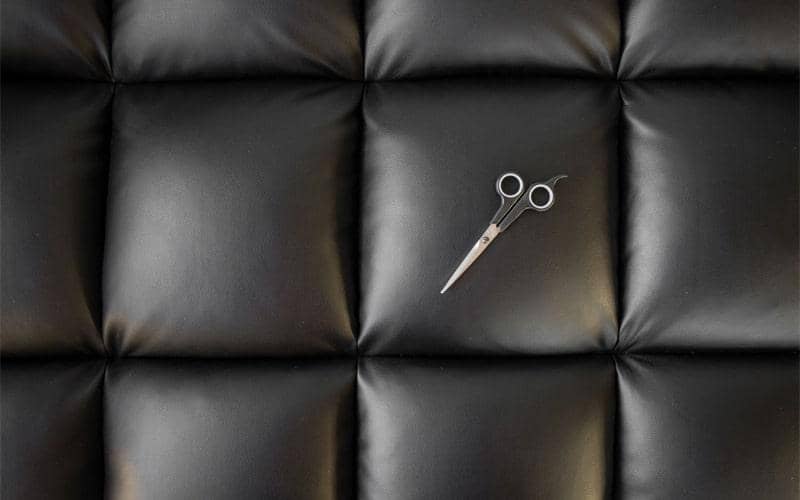
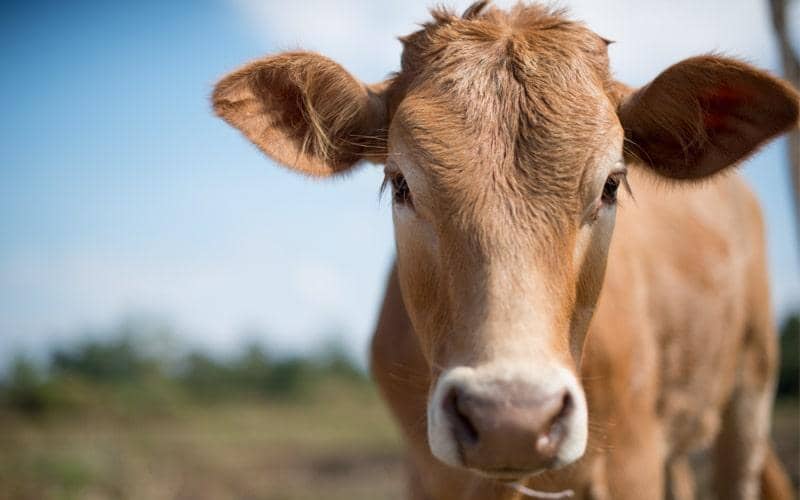

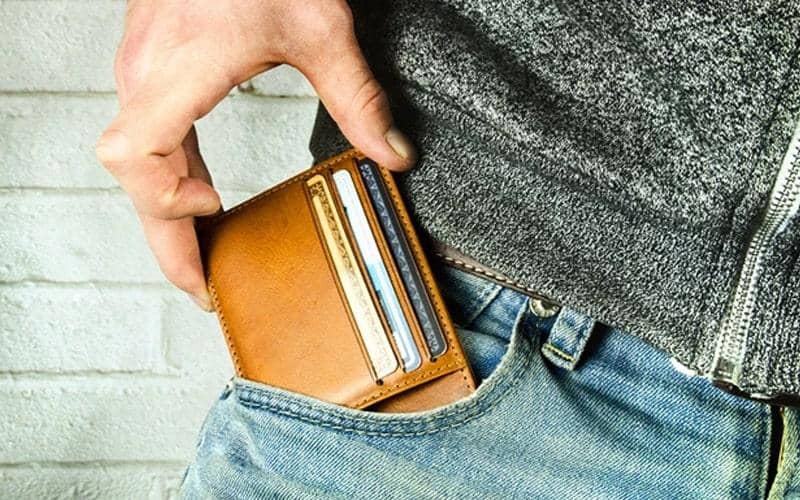

0 Comments